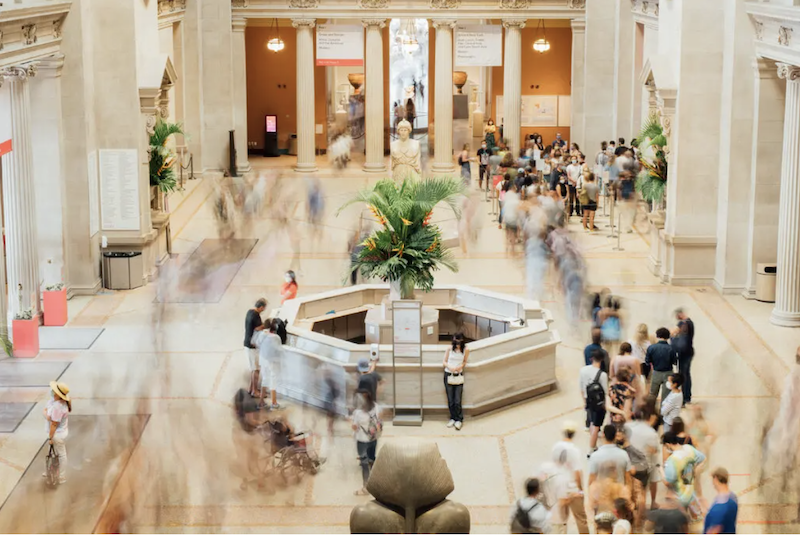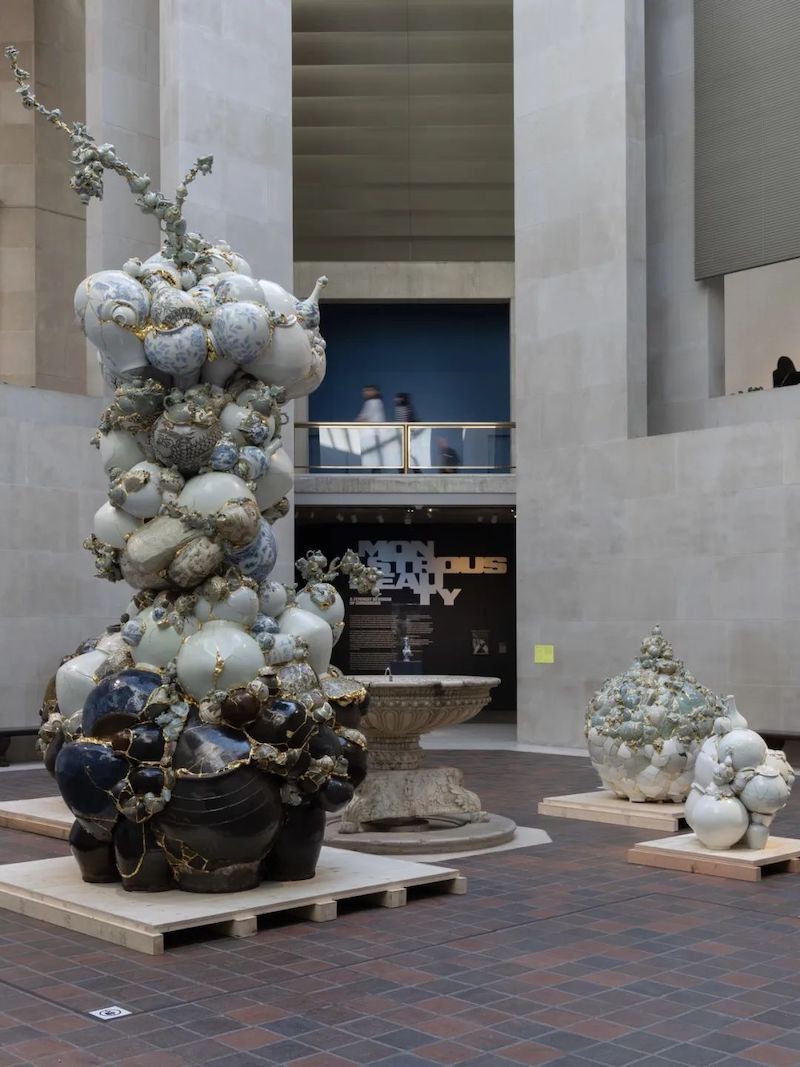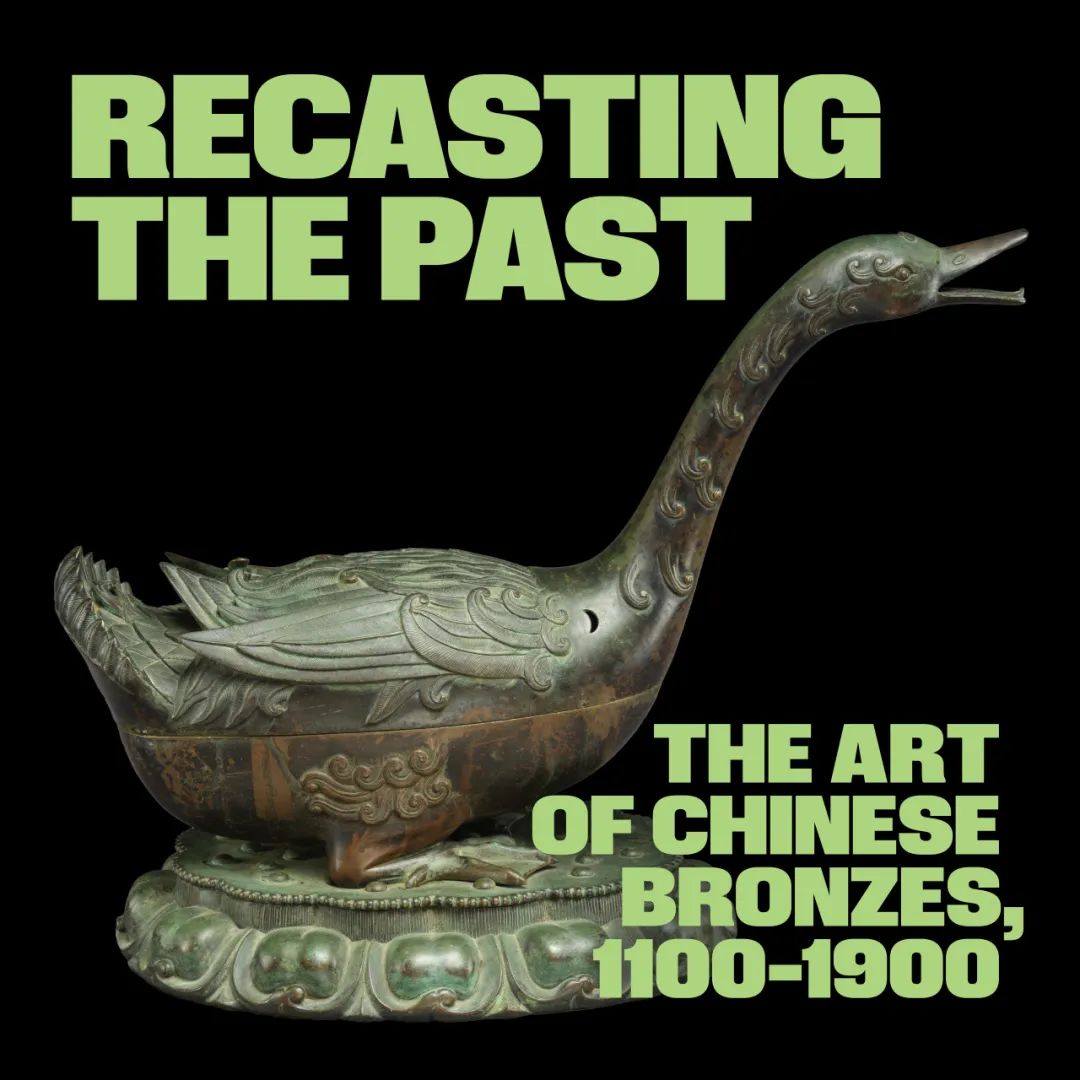
Costume exhibitions are among the most popular exhibition categories at the Metropolitan Museum of Art in New York City. The Metropolitan Museum of Art recently announced that it has converted a shop next to its main hall into an 11,500-square-foot exhibition space, becoming the new exhibition hall for the museum's "Costume Institute." The inaugural exhibition, "Costume Art," will open next May. This exhibition will primarily focus on Western art from prehistoric times to the contemporary era, exploring the inherent and close relationship between clothing and the human body through the theme of the "clothed body" in art.
The costume exhibition hall, estimated to cost $50 million, is the museum's latest attempt to improve the usability, convenience, and attractiveness of its facilities. The museum hopes it will alleviate the overcrowding caused by the annual spring fashion school exhibitions, allowing more time for preparation and extending the exhibition period.

The Metropolitan Museum of Art plans to transform the shop next to the main hall into an 11,500-square-foot costume gallery. The renovation project will also add new retail stores and restaurants at the museum entrance to inject new vitality.
The Metropolitan Museum of Art will name its new ground-floor gallery after American publishing giant Condé Nast and will host its highly anticipated costume exhibition next to the lobby.
The project, designed by Miriam Peterson and Nathan Rich of Brooklyn-based architecture firm Peterson Rich Office (PRO), with Bayer Brinder Bell Architects as executive architects, will also transform the entrance beneath the museum's main staircase into retail and restaurants, injecting new life into the museum's entrance at Fifth Avenue and 83rd Street. Max Hollein, Director and CEO of the Metropolitan Museum of Art, stated, "In recent years, the way visitors and the local community interact with cultural institutions has changed dramatically. This project provides us with an opportunity to further enhance the visitor experience and welcome people in a positive and open manner."
The renovated gallery will be named the "Condé Nast Gallery," after the founder of the Condé Nast Group, to commemorate a large, undisclosed donation. Anna Wintour, head of the Met Gala and global editor-in-chief of Vogue magazine (a Condé Nast brand), stated that this project is of great significance. In 1946, the Metropolitan Museum of Art merged with the Costume Institute to form the Costume Institute. Over the years, the Costume Institute has hosted many accessible yet sophisticated exhibitions, and its Met Gala has played a crucial role in enhancing the museum's reputation.

The fashion school will move its main exhibition to a new gallery next to the museum's main hall.
Currently, the Costume Institute occupies 4,300 square feet. Given the Metropolitan Museum of Art's tradition of competing for resources and space among its departments, placing the Costume Institute in a prime location at the museum entrance is likely to provoke some discontent within the museum. For a long time, Metropolitan Museum curators have privately complained that the red carpet laid out on the museum steps by the Costume Institute overshadows other exhibitions and academic research. However, Wintour believes that the high visibility of this gallery and the popularity of the costume exhibitions make the Metropolitan Museum of Art an entry point for potential visitors who wouldn't otherwise frequent the museum. "Because of the impact of this event, people want to go into the museum. People's attention is focused on the various activities on the red carpet."
Regarding the renovation of the Costume Institute galleries, Director Max Hollein said, "This is a significant milestone for the Metropolitan Museum of Art in its deep engagement with and investment in fashion history and related fields. For me, the primary task was not only to find the right space, but also to give it the status it deserves." Andrew Bolton, director of the Costume Institute, stated that the new galleries will be "of great significance not only to the Metropolitan Museum of Art's Costume Institute, but also to the entire fashion industry."

In 2026, "Costume Art" will showcase artworks from the Metropolitan Museum of Art, paired with historical and contemporary costumes: works by Fortuny from the 1920s; terracotta sculptures of goddesses; and Givenchy's Fall/Winter 2010 collection.
The new exhibition space at the Costume Institute, currently under renovation, will cover 11,500 square feet and will launch its inaugural exhibition, "Costume Art," next May. This exhibition will focus primarily on Western art from prehistoric times to the present day, exploring the inherent and close relationship between clothing and the human body through the theme of the "clothed body" in art. The exhibition aims to emphasize how fashion—long considered "marginalized" by painting and sculpture—has become a common link in fine art. Bolton said, "The Metropolitan Museum of Art has 17 curatorial departments, a six-mile-long exhibition route, and exhibits artworks from around the world. What connects all these areas is fashion, or more broadly, the clothed human body. Every gallery in the museum presents people dressed." Furthermore, the Metropolitan Museum of Art also hopes to refute the idea that fashion must be "detached from concrete objects" or considered an abstract concept to have a place in a classical museum.

Hans Bellmer's 1936 work "La Poupée" will be exhibited in next year's "Fashion Art" exhibition.
The "Costume Art" exhibition will illustrate this point through juxtaposition, such as juxtaposing a 5th-century BC terracotta Nike statue with a 1920s Fortuny Delphus dress; juxtaposing Hans Belmer's 1936 spherical armless torso sculpture with Rei Kawakubo's 2017 spherical armless dress. To emphasize the diversity of the human form, the exhibition will present a series of body sculptures, including "Nude," "Classical Body," "Abstract Body," and "Pregnant Body." Bolton said, "In the past decade, fashion has gained recognition as an art form, but its assimilation is a double-edged sword. Because it uses the rhetoric of art history to elevate its own status, but at the cost of separating clothing from the body. Clothing is meant to be worn, but that doesn't mean fashion is unimportant. The new exhibition doesn't look at fashion from an artistic perspective, but rather reactivates art through its connection with the body."

Rei Kawakubo's "Ensemble" collection for Comme des Garçons, Fall/Winter 2017-18
The Costume Institute is reportedly the only curatorial department at the Metropolitan Museum of Art that bears its own operating budget, unlike other departments whose budgets are included in the museum's overall budget. It is this financial burden that has enabled them to host the Met Gala charity dinner. Last May, they raised a record $31 million for the event.
Meanwhile, the Costume Institute exhibitions are among the most popular at the Metropolitan Museum of Art. The number one exhibition is "Heavenly Bodies" in 2018, which attracted 1.7 million visitors, surpassing the Metropolitan Museum's 1978 "Treasures of Tutankhamun," which drew 1.4 million visitors and came in second.
The Met Gala is held annually on the first Monday of May, and details for next year's event have not yet been released. However, given that next year's costume exhibition is situated in a prime location on the museum's first floor, this suggests a grand celebration is on the horizon.


